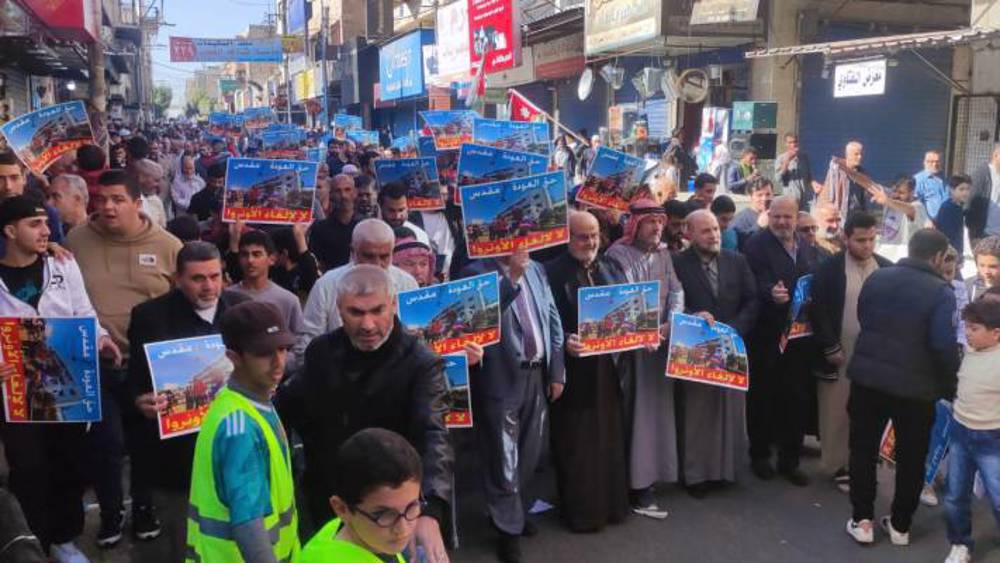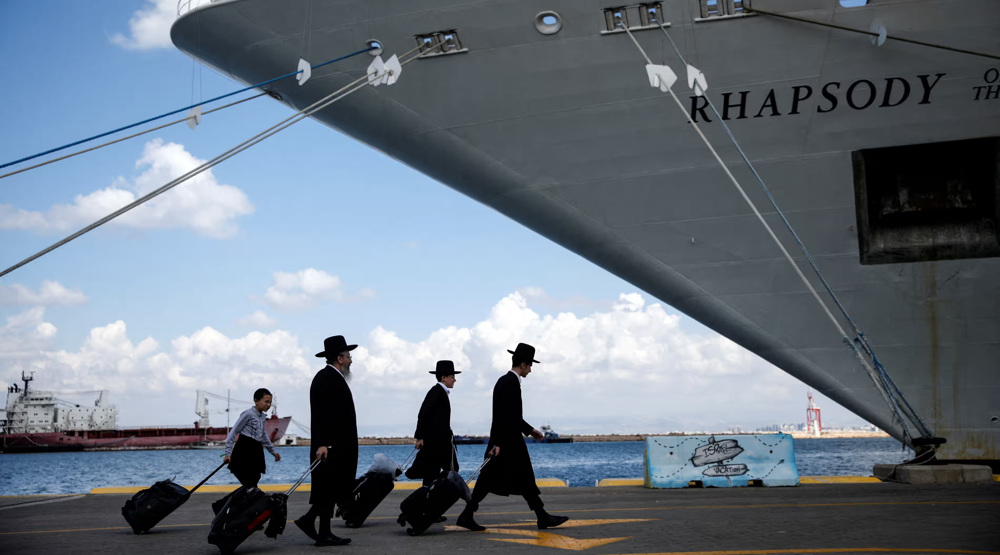Saudis used cluster ammunitions in Yemen strikes: HRW
Human Rights Watch says reliable evidence shows that Saudi Arabia has used banned cluster munitions provided by the United States in its deadly airstrikes against Yemen.
The rights organization said in a Sunday report that photographs, video, and other evidence have surfaced since mid-April 2015 indicating that cluster munitions have been used in attacks on Yemen’s northern province of Sa’ada in recent weeks.
The HRW subsequently carried out an extensive analysis of satellite imagery that the weapons appeared to land on a cultivated plateau, within 600 meters (fewer than one mile) of several dozen buildings in four to six village clusters.
A video appeared on YouTube on April 17 showing numerous objects with parachutes slowly coming from the sky. The footage zooms out to show an explosion in mid air and several black smoke clouds from other blasts.
Using satellite imagery analysis, the rights group then determined the location of the incident as al-Shaaf in Saqeen, in the western part of Sa’ada. An activist also based in the capital, Sana’a, gave the HRW photos he had received from a resident of Sa’ada Province, who said he took them on April 17 at the site of an air raid in the al-Amar area of Safra, about 30 kilometers (18 miles) south of the city of Sa’ada.
The rights group said the images showed the remnants of two CBU-105 Sensor Fuzed Weapons made by the Textron Systems Corporation and given to Saudi Arabia and the United Arab Emirates by the US in recent years.

In one of the photographs an empty BLU-108 delivery canister can be seen, while the other shows a BLU-108 canister with four submunitions still attached to it. The location of the remnants in the photographs is near where the video was filmed.
Cluster munitions hold dozens or hundreds of submunitions, which will blow up after spreading out over a wide area, often as large as a football field. Many submunitions often do not explode, becoming de facto landmines.
“Saudi-led cluster munition airstrikes have been hitting areas near villages, putting local people in danger,” said Steve Goose, arms director at the HRW, adding, “These weapons should never be used under any circumstances.”
He also said that Saudi Arabia and the United States are violating “the global standard that rejects cluster munitions because of their long-term threat to civilians.”
Saudi Arabia launched its military aggression against Yemen on March 26 - without a UN mandate - in a bid to undermine the Houthi Ansarullah movement and to restore power to the country’s fugitive former president, Abd Rabbuh Mansur Hadi, who is a staunch ally of Riyadh.

Soon after the start of the air campaign, the Saudi regime denied using cluster munitions, which are prohibited by a 2008 treaty adopted by 116 countries. Saudi Arabia, Yemen, and the United States are not among those countries.
The use of CBU-105 is banned under the Convention on Cluster Munitions, however, existing US policy allows its use and its export is also permitted under the United States’ existing export restrictions on cluster munitions.
In August 2013, the US Department of Defense agreed to provide Saudi Arabia with 1,300 CBU-105 Sensor Fuzed Weapons manufactured by Textron.
The HRW report comes as the Saudi attacks continue unabated across Yemen. Yemeni media reports said that Saudi airstrikes targeted areas in Sana’a and elsewhere in southern and western parts of the war-torn country on Sunday. An unknown number of people were killed and injured in the attacks.
MR/HSN/HMV
VIDEO | Press TV's news headlines
VIDEO | Intl. conference honors martyred journalists in Gaza, Lebanon
VIDEO | Israel relies on attacking civilians, urban areas to pressure Hezbollah
VIDEO | Suppressing voices of truth
VIDEO | Martyrs of Islamic Jihad movement laid to rest in Damascus
VIDEO | Gazans produce charcoal to get warm
Hezbollah retains ‘Fire for Fire’ strategy; takes Tel Aviv under ballistic missile barrage
Iran, Azerbaijan top brass underline military, defense cooperation










 This makes it easy to access the Press TV website
This makes it easy to access the Press TV website